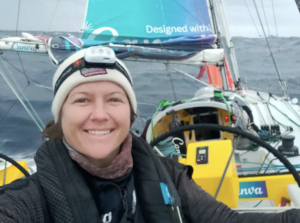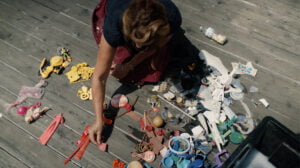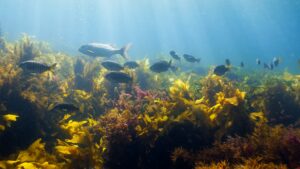
GUIDE TO BEING BOTH SUNSAFE AND ‘REEF SAFE’ WITH YOUR SUNCREEN CHOICE
We’ve been told to slip slop slap for as long as we can remember, but did you know keeping yourself sun-safe can have a detrimental effect on the marine environment?
The reality is that the products covering our skin wash off when we enter the water, and it adds up! Research tells us that 4,000 to 6,000 tons of sunscreen enters reef areas annually. Unfortunately this does not spread out quickly or evenly over the entire ocean, but concentrates on popular tourist sites. It is estimated that 90% of snorkelling/diving tourists are concentrated on 10% of the world’s reefs. This means that our most popular reefs, such as those in our marine parks, are exposed to the majority of sunscreens.
If you think you are in the clear when your sunscreen is labelled “reef safe,” think again. Sunscreens labelled “reef safe” aren’t guaranteed to be harmless when they get into our underwater ecosystems as there is no national standard and currently no scientific proof that any of the current sunscreen options are entirely safe for the marine eco-system.

While no sunscreen has been proven to be completely ‘reef safe,’ those with titanium oxide or zinc oxide (which are natural mineral ingredients) have not been found harmful to corals. On the other hand products containing ingredients like oxybenzone and octinoxate have been banned in Hawaii after a study found that these chemicals seep into young coral and contribute to coral bleaching.
To help you make an informed decision we’ve put together a list of things to look out for and things to avoid when making your next sunscreen purchase:
LOOK FOR:
- Mineral sunscreens made from zinc oxide and titanium dioxide that do not contain nano particles – i.e. look for those labelled ‘non-nano‘
- Go non-toxic, paraben free and organic when you can! These sunscreen may be a more expensive option but if it’s the cost of keeping this earth healthy then let’s dig a little deeper into our pockets. And it’s beneficial for our health in the long term. What’s better than that?
- Make sure your sunscreen is labelled as ‘water resistant’, it will be more likely to stick to your skin and not wash off in the water.
- “Child friendly” sunscreens are more likely to contain natural ingredients.
- Sunscreen alternatives to protect you from the sun. Wear clothing to protect your skin in and out of the water. The less surface area you have to apply sunscreen is less chemicals entering our water ecosystems!
- WAIT 10 MINUTES! Listen to the instructions and let your skin absorb your sun cream instead of rushing to the water and washing it straight off.



AVOID THESE:
- Anything containing octinoxate (also known as octyl methoxycinnamate) and oxybenzone (also known as benzophenone-3). Both of these common UV-blocking chemicals which are proven to harm coral and marine life and are currently banned in Hawaii.
- Not yet banned but also proven to negatively effect corals are Cinnamates and Parabens
- Stay away from aerosols! Minimise the amount of sunscreen that ends up on the beach and ultimately will end up washed into the ocean. Stick with creams that you can apply directly.
- Sunscreens whose ingredients include a long list of chemicals.

The only way to really know if your sunscreen won’t cause harm to the environment or your body is to check the label. Be sure to check both the active and inactive ingredients! Inactive ingredients should be derived from natural, plant-based sources like organic sunflower oil and organic beeswax. As always, be wary of ingredients that you can’t pronounce!
Sunscreen is a necessity. We should all wear it — even when it’s cloudy, but sunscreen alone isn’t enough. Shade, the right clothes, and common sense are your best weapons against sun damage!



You can find out more information about those chemicals that have been proven to be harmful to the ocean eco-system on the Reef Safe website.








